A Toad is any number of species, primarily in the Bufonidae family. These amphibians are part of the taxonomic order Anura that makes up the frog family. However, they differ from other frogs in the texture of their skin. Toads have dry, leather-like skin, while frogs have moist, semi-permeable skin. Read on to learn about the Toad.
Description of the Toad
I’m sure when you picture a Toad you see a wrinkly, brown, ugly creature. In reality, these frogs come in a variety of shapes, sizes, and colors. Ok, some species are admittedly a tad ugly, but they are all unique in their own way.
These amphibians range in size – measuring less than an inch long at their smallest, nearly 10 inches long at their largest. Some species tip the scales at over 4 pounds!
Interesting Facts About the Toad
Researchers recognize over 350 different species of Toads. With such a variety of species, we’d like to highlight some unique kinds!
- Oak Toad – This species is one of the smallest Toads in the world. It looks a bit like a tiny pancake with legs, with its flattened, round body, and short legs. The smallest individuals measure about 3/4 inch long. They live throughout the southeast United States.
- Cane Toad – The largest species is also one of the most problematic. This species is a seriously detrimentally invasive species in Australia, the southeast United States, and several surrounding islands. Humans introduced the species to eat the cane beetle, but it went on the feast on just about everything, killing predators with its poisonous skin along the way.
- European Fire-Bellied Toad – From above, this species looks innocuous. Its skin is brown with dabs of green. But flip it over, and you find a flash of bright red color! Like their name suggests, this species has a fire-red underbelly.
- Common Toad – This species is the archetype Toad. It lives throughout most of Europe, and is incredibly common. One particularly famous individual of this species was a character in The Wind in the Willows.
Habitat of the Toad
It is virtually impossible to lump all of the various species into one specific habitat category. These creatures live in a range of different ecosystems. Some live in forests and grasslands, others inhabit wetlands and swamps. Their habitat preference varies from species to species and region to region.
Many species also occupy more urban areas close to human settlements. They live in parks, gardens, retention ponds, farms, pastures, and suburbs.
Distribution of the Toad
You can find these creatures virtually worldwide, with the exception of the poles, and a few isolated island regions. They live in both tropical regions, and temperate zones with colder temperatures. You can find these amphibians on every major continent except Antarctica.
Diet of the Toad
Once they reach adulthood, these amphibians are primarily carnivorous. This means that they eat other animals. Their diet varies based on the species, where they live, and how large they are. Their primary prey are invertebrates, such as ants, crickets, beetles, grasshoppers, and more. Some larger species hunt small mammals like mice.
Each species hunts slightly differently. Some ambush their prey by hiding quietly and watching for movement of insects. They sometimes dig small holes in the ground to hunt from. Others actively search for and chase down prey.
Toad and Human Interaction
Humans interact with these creatures in a variety of ways. However, most species have poisonous skin, so people do not usually eat them. Sadly, that doesn’t mean that human activity doesn’t impact these creatures.
Though the effect varies from one species to the next, human activity does cause population decline for some species or regional populations. Habitat destruction is a major driving factor in decline. Pollution and pesticides also impact these amphibians and their prey.
Domestication
Humans have not domesticated Toads in any way.
Does the Toad Make a Good Pet
Some species make good pets. However, it is important for you to properly research any animal before you purchase it as a pet. Each species has its own unique housing, substrate, temperature, diet, and humidity requirements. You should also ensure any pet you purchase is captive-bred and not captured from the wild.
Toad Care
Each species has different needs, both as pets and in zoos. You see a wide variety of species, and their care varies based on where they live and what their natural habitat contains.
Some require sandy substrates, others need mulch or mud to dig in. Zookeepers feed them a wide variety of foods, including crickets, mealworms, moistened dog food, and even small fish or mice.
Behavior of the Toad
Each individual species has slightly different behavior. Many species are nocturnal, and active at night. However, some are diurnal, and active during the day.
While most species live a solitary life, it is common for them to congregate in large numbers during the breeding season. For many species, groups build in an area, and all the males vocalize for the attention of a female.
Reproduction of the Toad
Breeding habits and seasons vary from species to species. Most lay eggs after breeding, though the amount varies by species as well. Some lay just a handful of eggs, others lay thousands in a single clutch. Like frogs, most species lay eggs in the water, and these eggs hatch as tadpoles before metamorphosing into adults.
Beliefs, Superstitions, and Phobias About the Toad
These warty creatures have a number of myths surrounding them. You can find anything from the popular “Toads give you warts” myth, to their association with witches.
Humans feature these amphibians in literature, artwork, and mythology. People have created many different folktales and mythological meanings for these creatures.

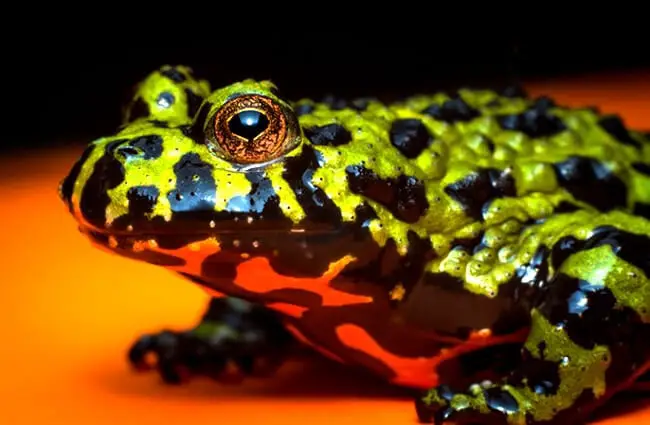
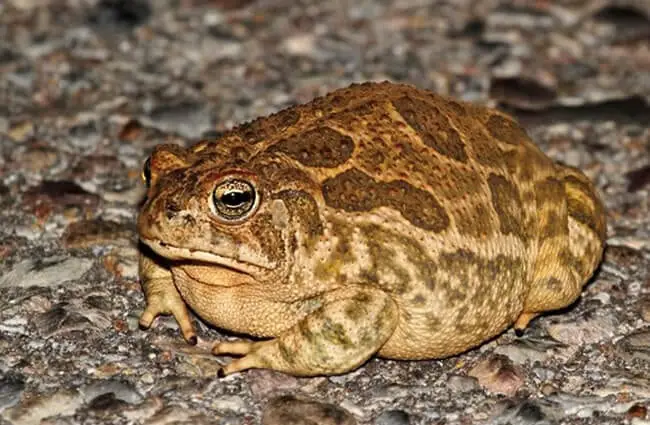
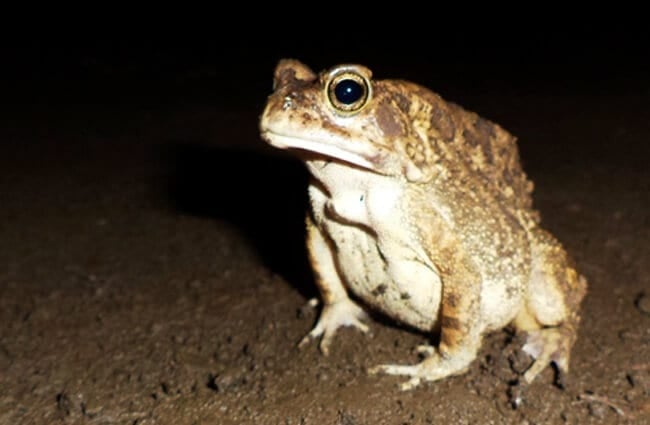

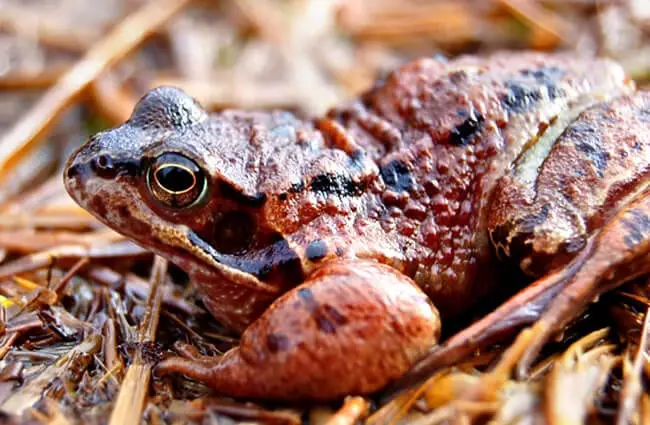
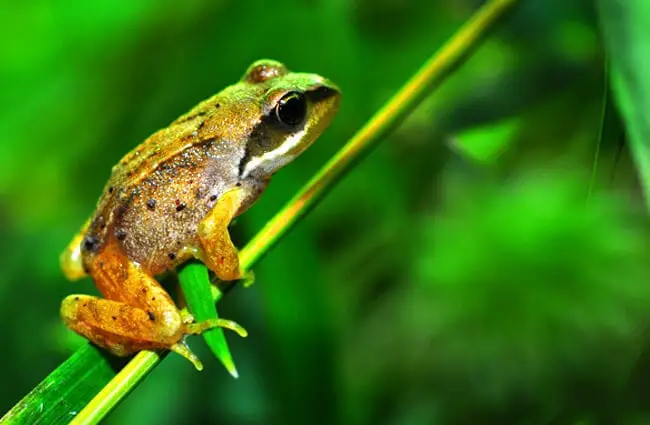
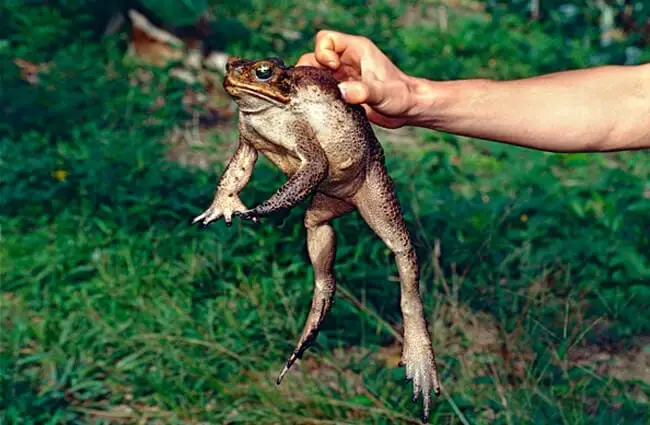

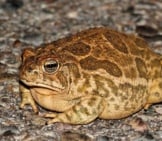
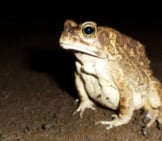

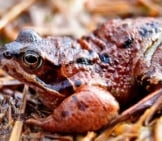

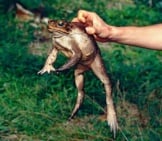
![Red Angus Closeup of a beautiful Red Angus cowPhoto by: U.S. Department of Agriculture [pubic domain]https://creativecommons.org/licenses/by/2.0/](https://animals.net/wp-content/uploads/2020/03/Red-Angus-4-238x178.jpg)












![Red Angus Closeup of a beautiful Red Angus cowPhoto by: U.S. Department of Agriculture [pubic domain]https://creativecommons.org/licenses/by/2.0/](https://animals.net/wp-content/uploads/2020/03/Red-Angus-4-100x75.jpg)

